The Sunshine States: Week ending October 10, 2025
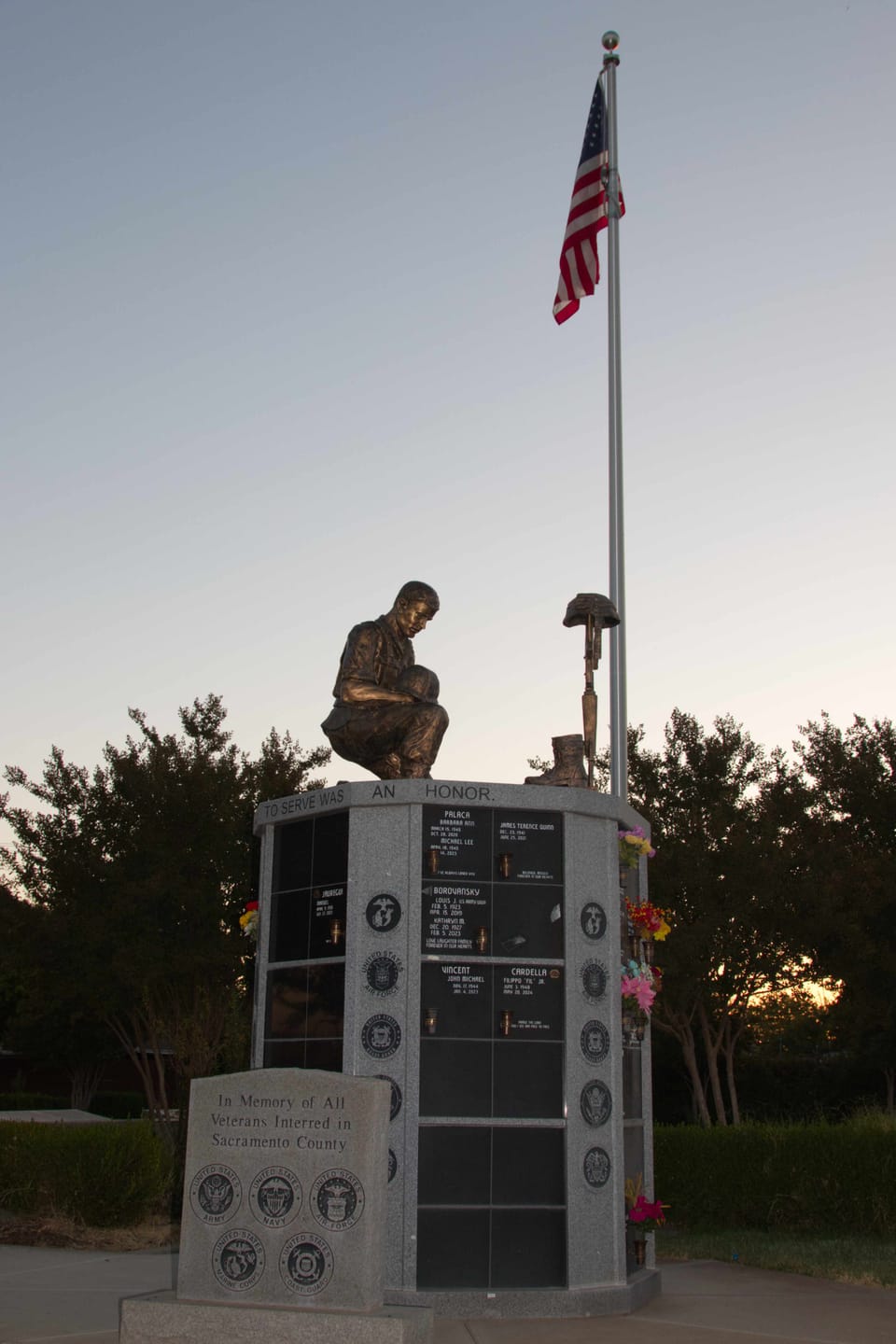
Table of Contents

Buy This Week in Florida photo prints.
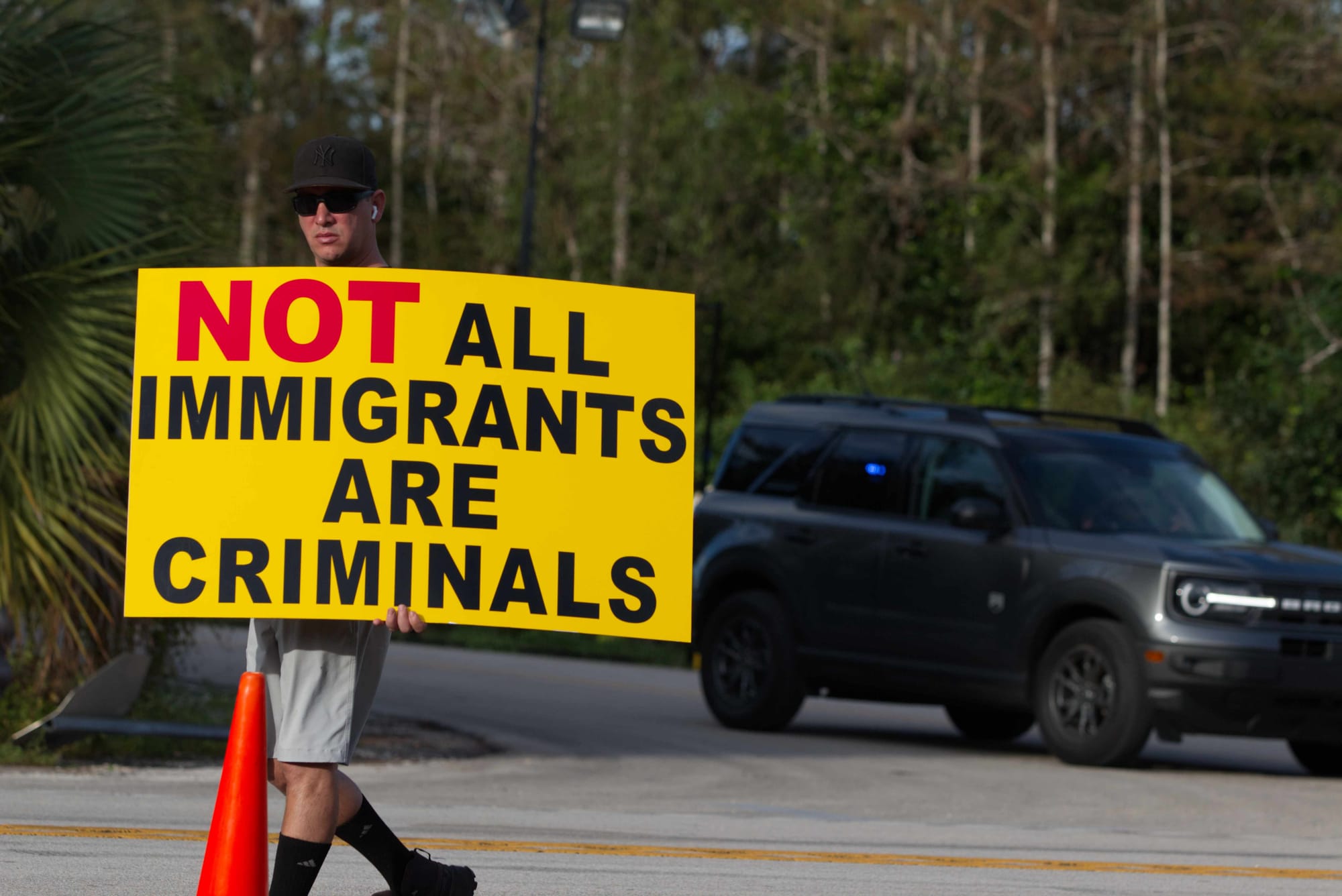
Introduction
I'm in Sacramento this week to comfort my Mom after my parent's dog, Shane, passed away last month. The dog's passing, of course, reminds my mom of my dad, as my parents promised the dog they'd return soon early 2024. My father never did.
Of course, I'm still paying attention to the news, but I'm less able to record any of it. I was at the tenth prayer vigil at the South Florida Detention Center (aka Alligator Alcatraz) on Sunday, October 5, 2025. Were you?
They really are quite meaningful for the attendees and I hope they have an impact on this thing. As I've said, every South Floridian should want it shut down no matter their views on immigration or political affiliations.

Finite
Disappointment
Let's start with Dolly
No, Dolly, you can't leave us yet. We need your kindness. We need your silliness. We need you. Damn it.

The King (Tide) Rises

As I'm out of town this week I can't document the king tide flooding myself, but this piece, gift article by clicking on the image, sums it up. Never mind, in Florida we're prohibited (in state laws) from talking about climate change. This is just an instance of FAFO, I guess. Or karma. Or God's wrath. Or something but not climate change!
So do the prices of...almost everything in Florida
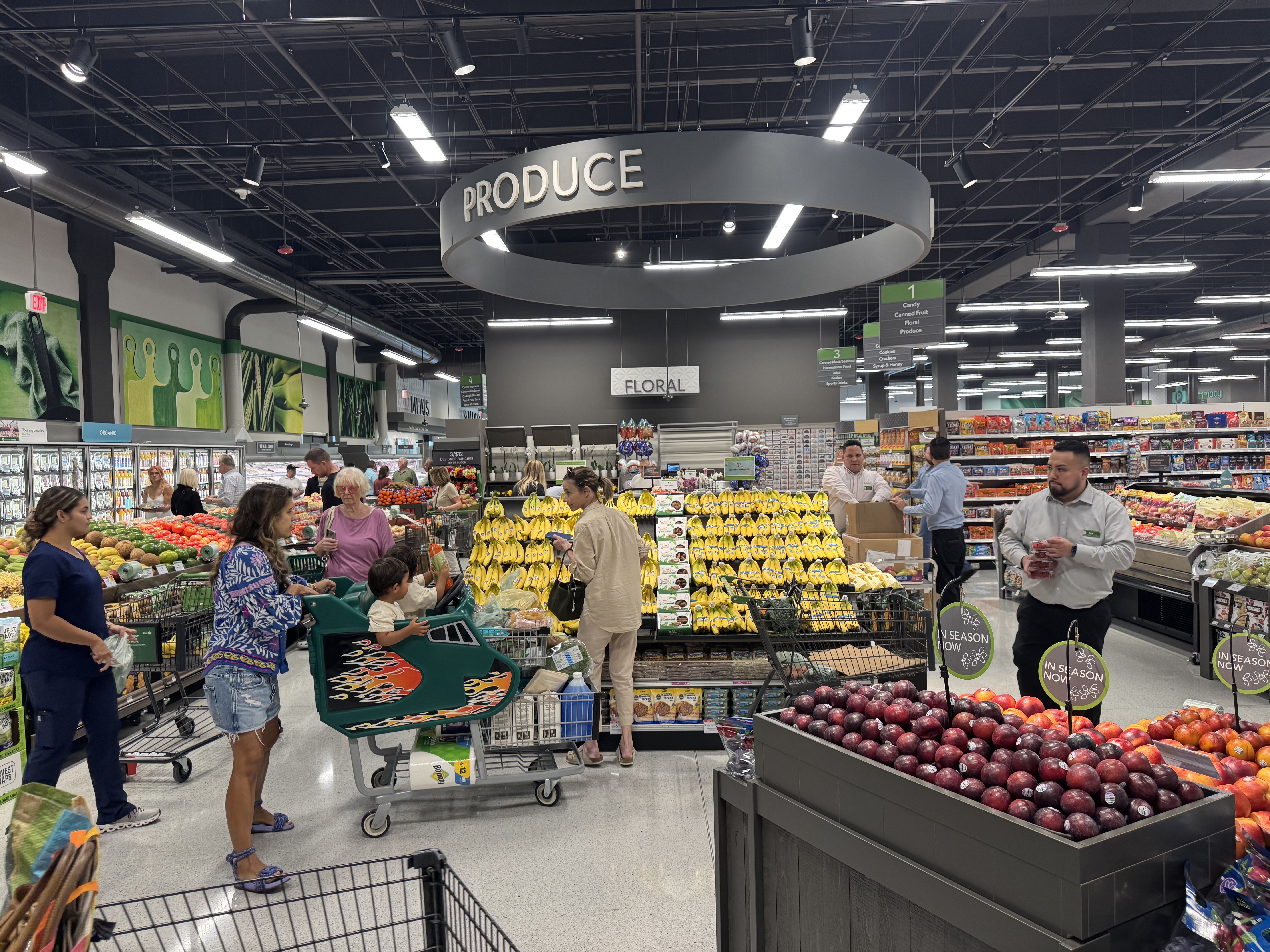
While Miami and Hialeah both made the top 15 most expensive cities for groceries in America, the cities with the worst prices is worth a look. They are Detroit, Newark, Cleveland, Buffalo, and Rochester. I spent some time trying to figure out a pattern or indicator of what might cause prices or set one city apart from another. That's a nut I haven't yet cracked.
I will observe that out of these seven cities, Miami, Hialeah and Newark are the only ones with population densities over 5,000 people per square mile. And by over, I mean way over with densities of 12,285; 10,338; and 12,904 respectively. While Miami and Hialeah have a combined land square mileage of about 58 square miles, Detroit sprawls over 138 square miles. I wonder if being so spread out makes supply chain deliveries tougher for the Motor City than the many cities with higher densities than Detroit or even Miami, Hialeah and Newark. To put it into context density-wise, Newark is the 68th most densely populated US City (Miami is 75th).

Interestingly, Hialeah and Miami top another list that came out this week: most house-poor cities in America, with Hialeah literally in the number one most dubious spot and Miami close behind at 5, according to Consumer Reports. "Florida dominates the list of house-poor metros, with four cities ranking in the top 10," the report lists in its key findings.

Florida
Gonna Florida
Good Boy
Florida Man is a thing and kinda the theme of this section. But Florida Dog is like every dog– more than we deserve.
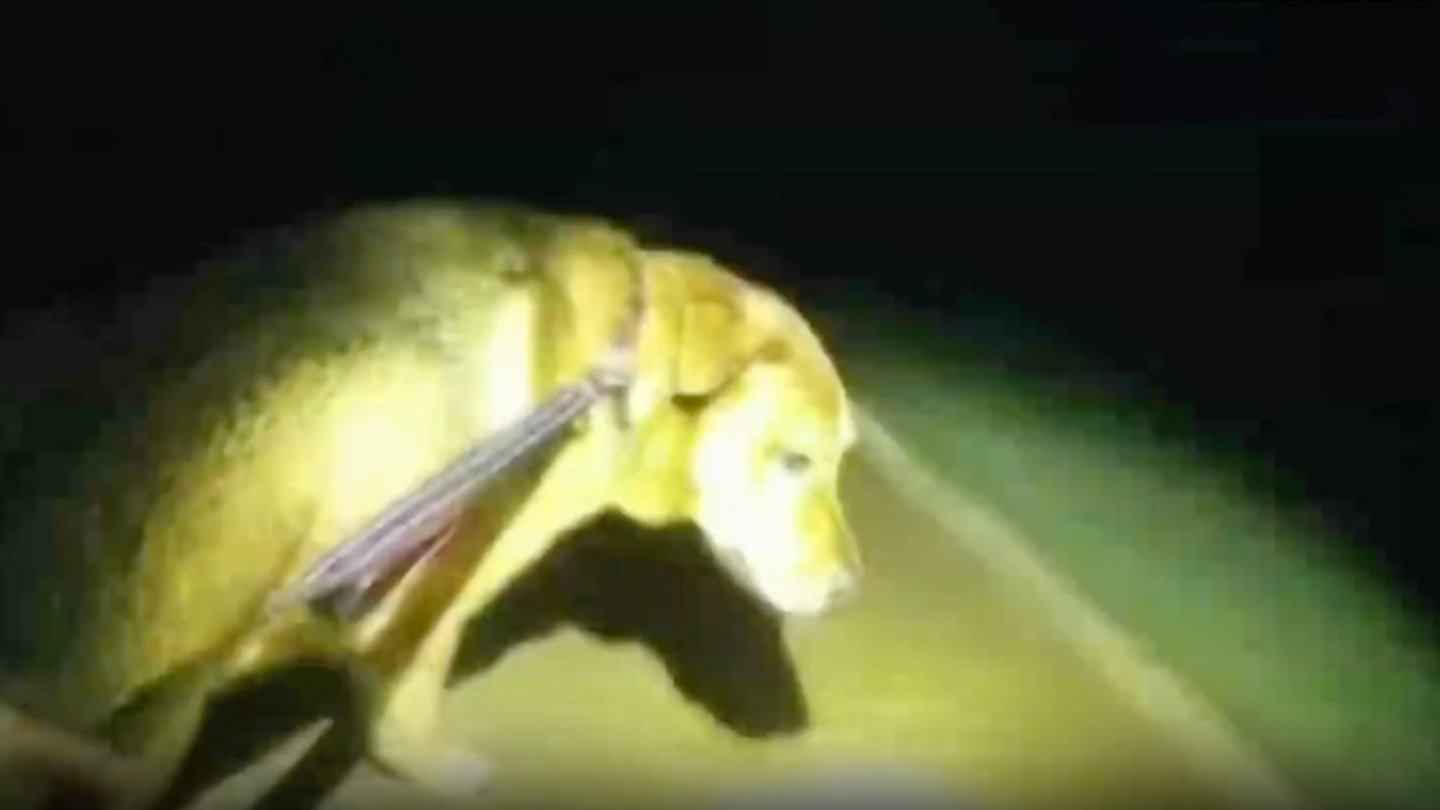
Good news for anyone terrified of the grocery store but unwilling to use InstaCart
Hey folks, are your afraid of going to the grocery store? Well, Publix has great news. You are now welcome to get your strap-on gun and display it proudly.
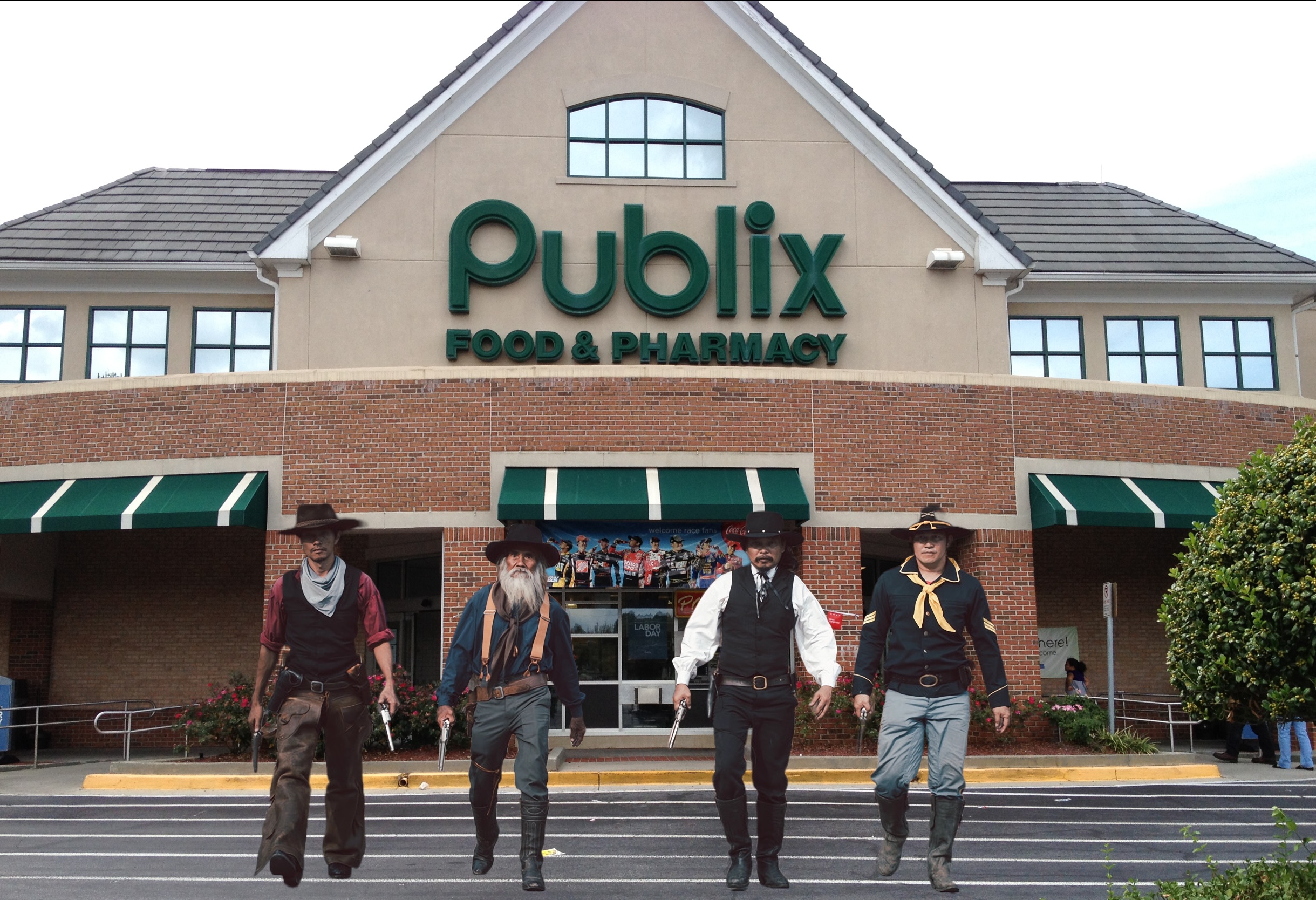
If you're brave enough to go into a store without your strap on proudly displayed:
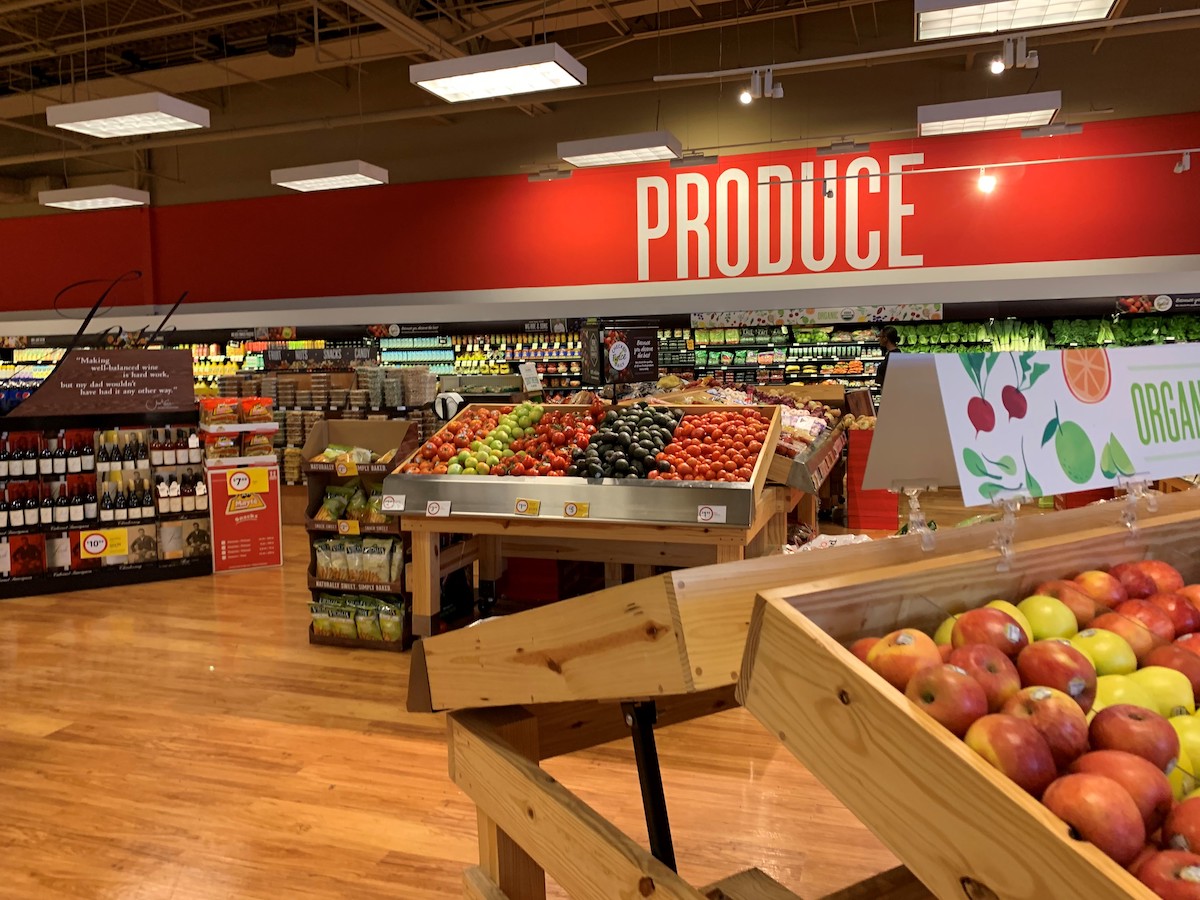
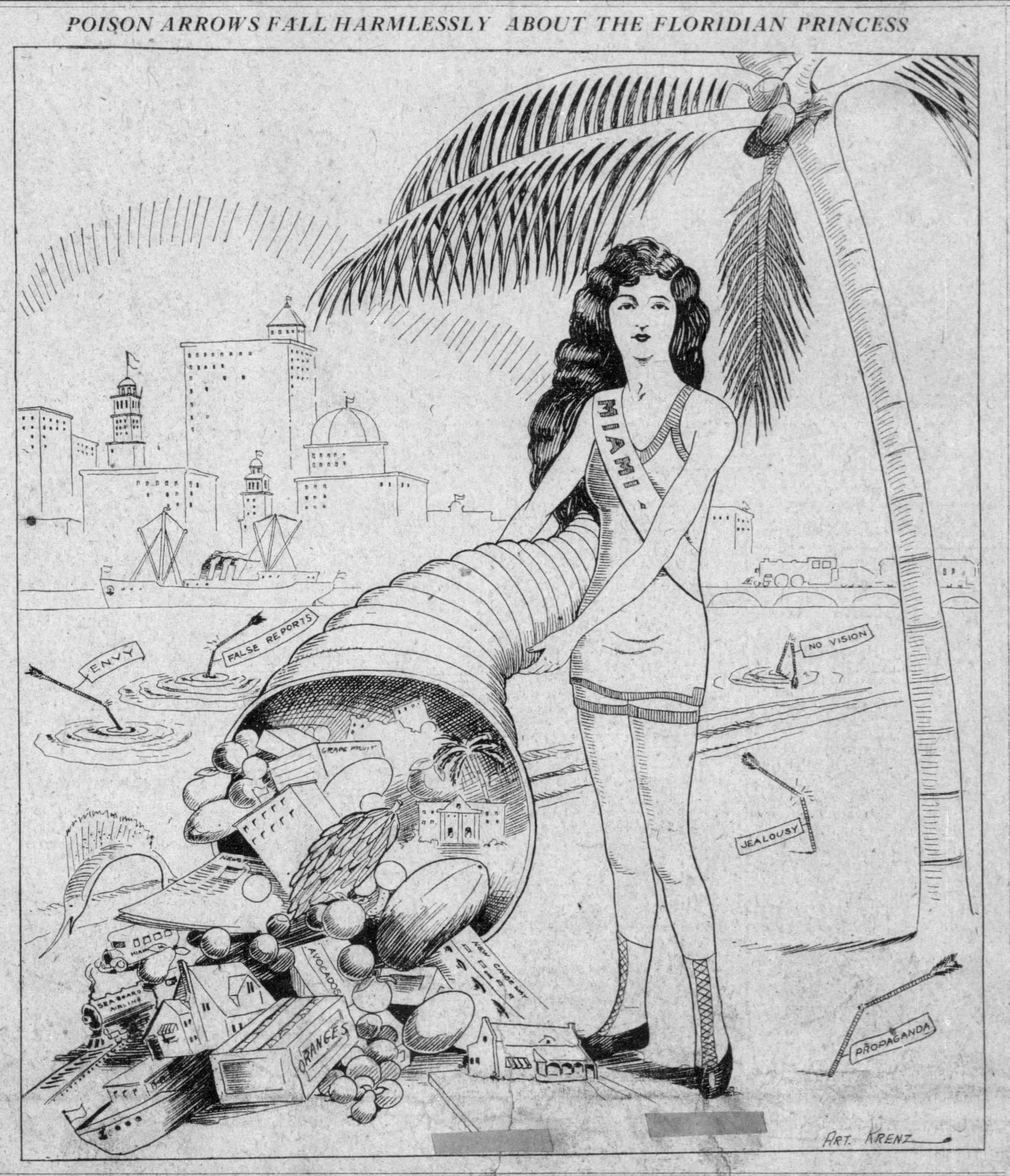
Historic
Interlude
100 years ago this week the Magic City of Miami felt secure in its own successes and excesses as the cartoon– the main photo above the fold on the front page of the Miami Herald on October 7, 1925– shows. While the woman depicted in the cartoon may not seem drawn in a particularly alluring way, one is reminded that this was decades (specifically 21 years) before the outright scandal of the bikini would shock the world before quickly becoming a Florida beach mainstay.
Unlike Jessica Rabbit, however, Princess Miami wasn't just drawn bad, she was bad. Months after she graced the front page of the Herald Miami's housing bubble would start to show signs it was about to burst. And burst it did eventually dragging all of Florida into a depression and then, the rest of the world along with it.
According to former London Bureau Chief at Fortune Magazine, Christopher Knowlton's book, Bubble in the Sun, the Great Depression may have been caused and prolonged by Florida's land boom of the 1920s, a land boom WLRN has been celebrating for the past year in their "History we call home" series.

Knowlton writes in the introduction to his interesting and readable history of the Florida land-boom, "[H]istorians and economists have largely overlooked the boom's larger significance, specifically its direct impact on the severity and duration of the Great Depression that followed."
The front page cartoon in the Miami Herald 100 years ago this week followed the New York Times notion in March of 1925 that "Something is taking place in Florida to which the history of developments, booms, inrushes, speculation and investment yields no parallel."
Indeed, with an estimated housing capacity for sixty million people being built in 1925 the Miami Daily News– the company that erected their headquarters that same year, which would later become the iconic Freedom Tower– published a record shattering 504 page, 7.5 pound edition of their paper 0ne day stocked full of real estate listings (see Knowlton's introduction).
Of course, today, as the third largest state in the union Florida's historically high population is still only about 1/3 of 60 million people and in 1925 that same number represented about half of the entire US population of about 120 million.
So what could go wrong with a construction bubble so large it was consuming the entire country?
Well, everything.
Interestingly, Knowlton draws parallels and connections to the other sunshine state, California, and its booms, rushes and busts, in a way residents in neither state would welcome but should probably accept nevertheless.
Is this history bound to echo in today's massively over stretched market?
If sports guy Dave Portnoy knows anything, then no, it's not.
Side note: If anyone can tell me why this lady appears to be bequeathing the Vince Lombardi Trophy to Biscayne Bay when Vince was nought but 12 years old I sure would be interested in that story.
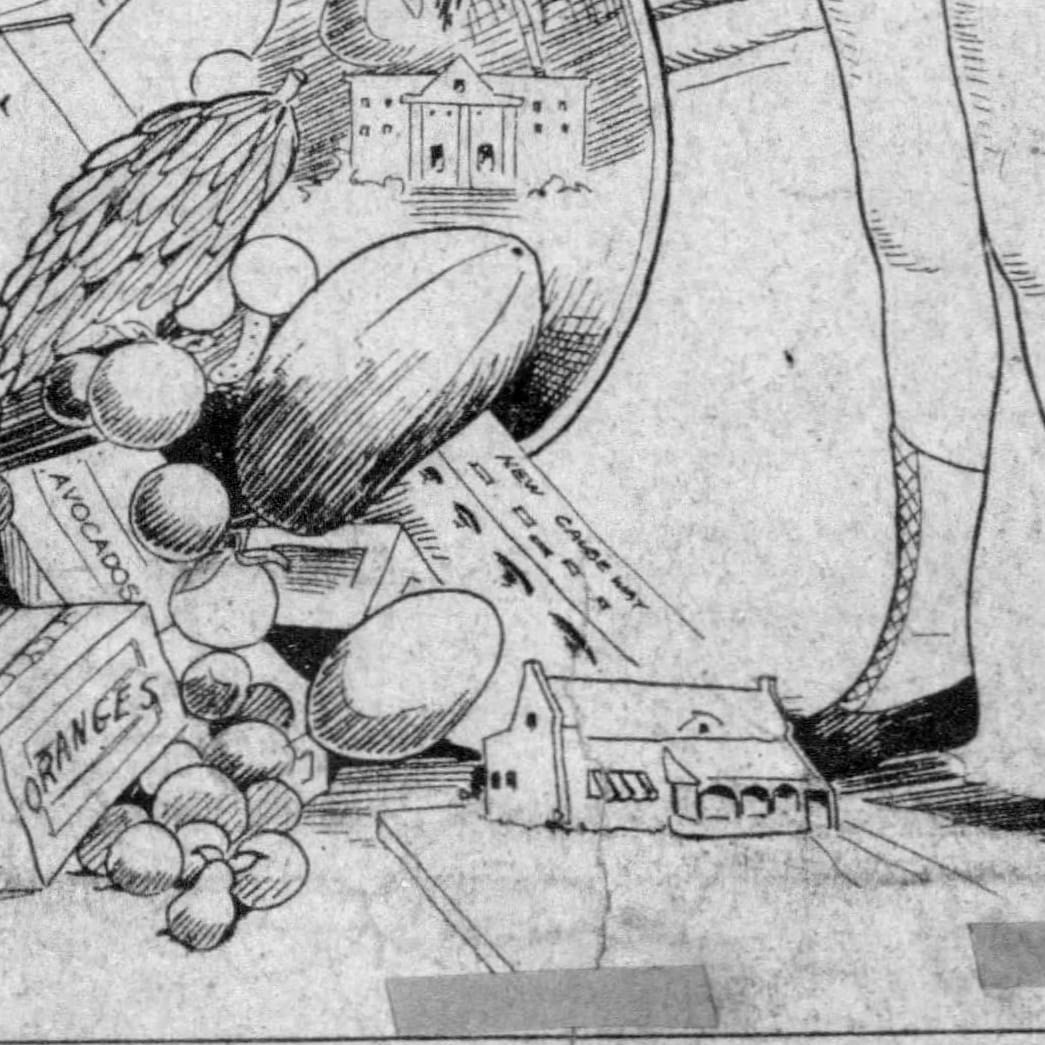
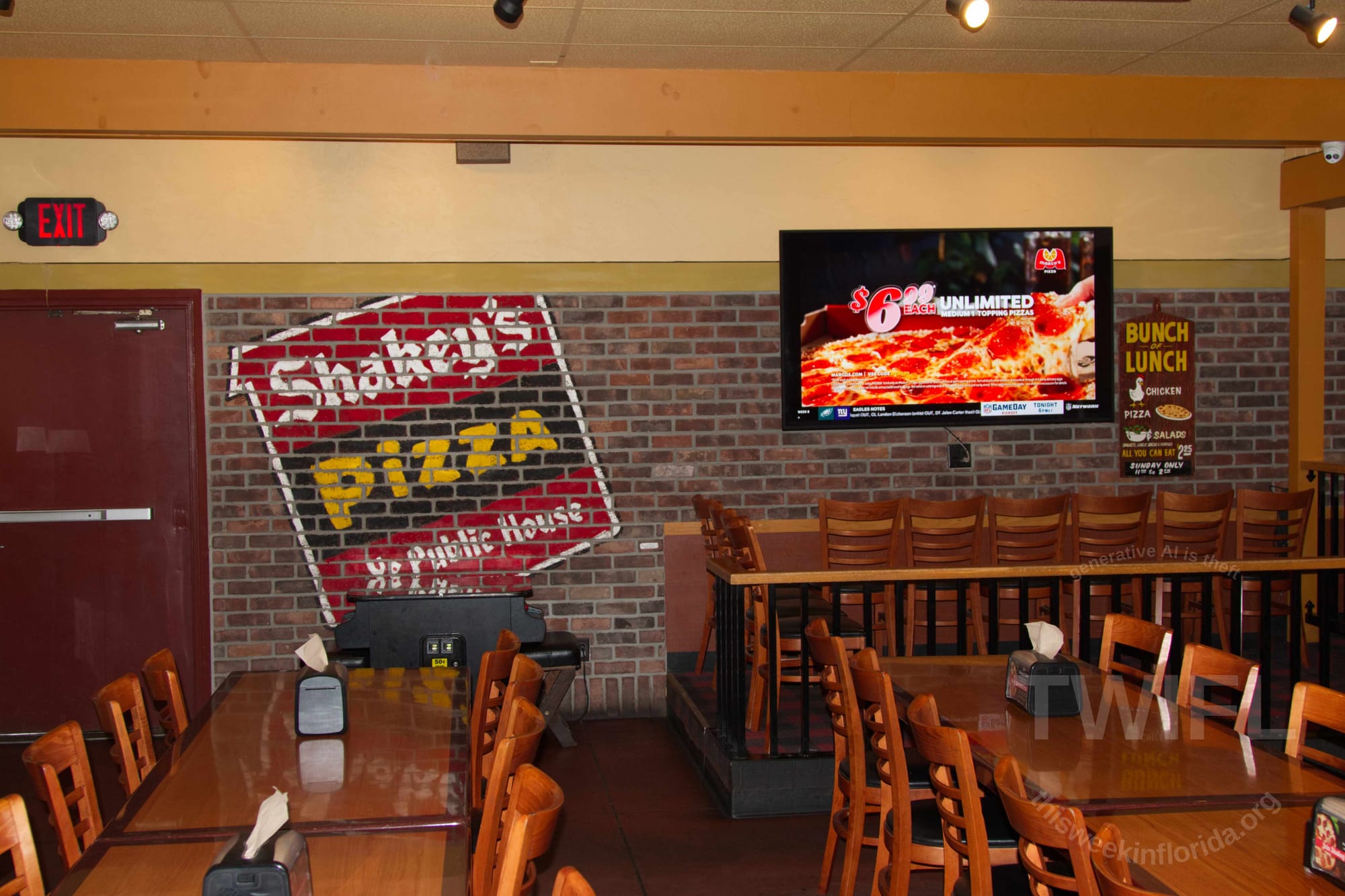
Infinite
Hope
So I'm going to tell you about pizza in California...
...but I will still connect it to Florida.
In 1954, years before Dan and Frank Carney's landlord convinced them to open a pizza restaurant in Wichita, Kansas, they'd call Pizza Hut, Sherwood "Shakey" Johnson and Ed Plummer opened the first Shakey's Pizza Parlor, in Sacramento, California, about 2.5 miles from the home I grew up in.
By the time Dan and Frank were learning the ins and outs of pizza making, Johnson and Plummer had already expanded their "pizza parlor"– a term they coined, featuring plenty of beer and live Dixieland Jazz music, friends and sometimes pizza too (they opened "Shakey's Pizza Parlor" before they had a pizza oven)– into the first pizza chain in the world.
In its peak, Shakey's Pizza had locations from as far from Sacramento as Homestead, Florida, to the east and to the Philippines in the west, er East, as it is.
While the location in Homestead appears to not have inspired much enthusiasm before it closed a decade before I moved to Florida, I invite the reader to follow me in a journey back in time nonetheless.
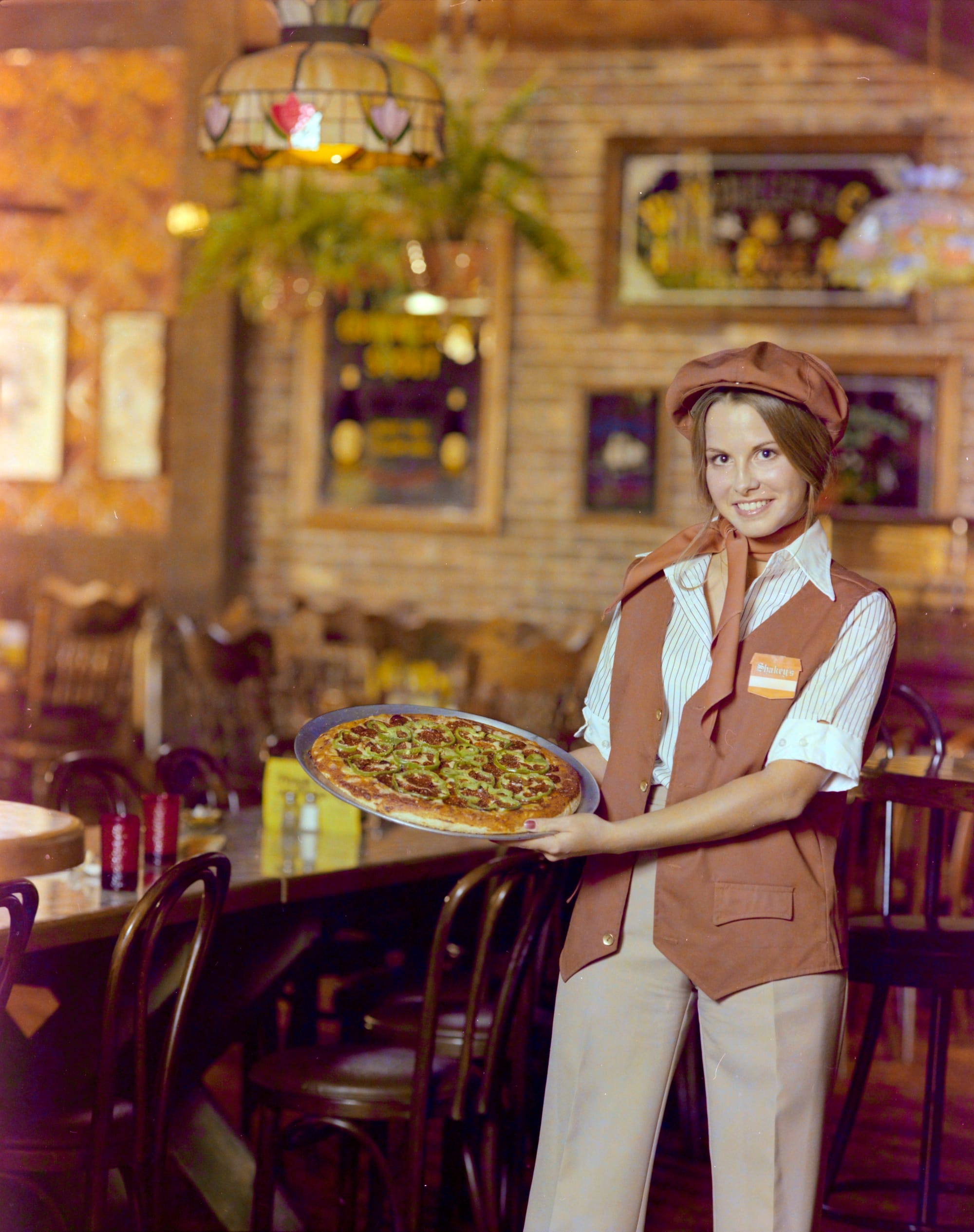

A commercial photo shoot photo from the Shakey's Pizza Parlor in Tampa, Florida from the early 1970s. From Gandy Collection of Aerial and Commercial Photography, Box 37, from the University of South Florida special collections. An ad from the Miami Herald on November 20, 2011, for Shakey's Pizza Parlor "Now Open". The Shakey's in Homestead closed sometime after January 2013.
From the beginning, Shakey's Pizza Parlors featured long group tables, fire place hearths, and a keen sense of community. They were created to be the sort of "third place" that Miami Herald columnist Mary Anna Mancuso talked about last week but before the surge in popularity of coffee shops and long before the Internet became available on cell phones that started to dash to pieces the sanctity of the much needed third space for people to gather.
Shakey's topped out in the hundreds of locations and then over the years contracted until almost all of them are in Southern California, save a lonely one in Washington State and one an hour north of the Sacramento original location in a small town named Oroville.
I finally made the trek up to Oroville on Thursday and its last Northern California Shakey's Pizza Parlor, this one built in 1975, and back in time to my childhood where my preference for Chuck E Cheese's video game palace and rat worthy pizza unfortunately trumped my love for good pie and good people.
The time warp gave me the opportunity to somewhat correct the missed opportunities where I begged for my parents' money went to the pizza rat instead of the father of pizza (of course, Shakey Johnson and Ed Plummer had sold their share years before I was born).
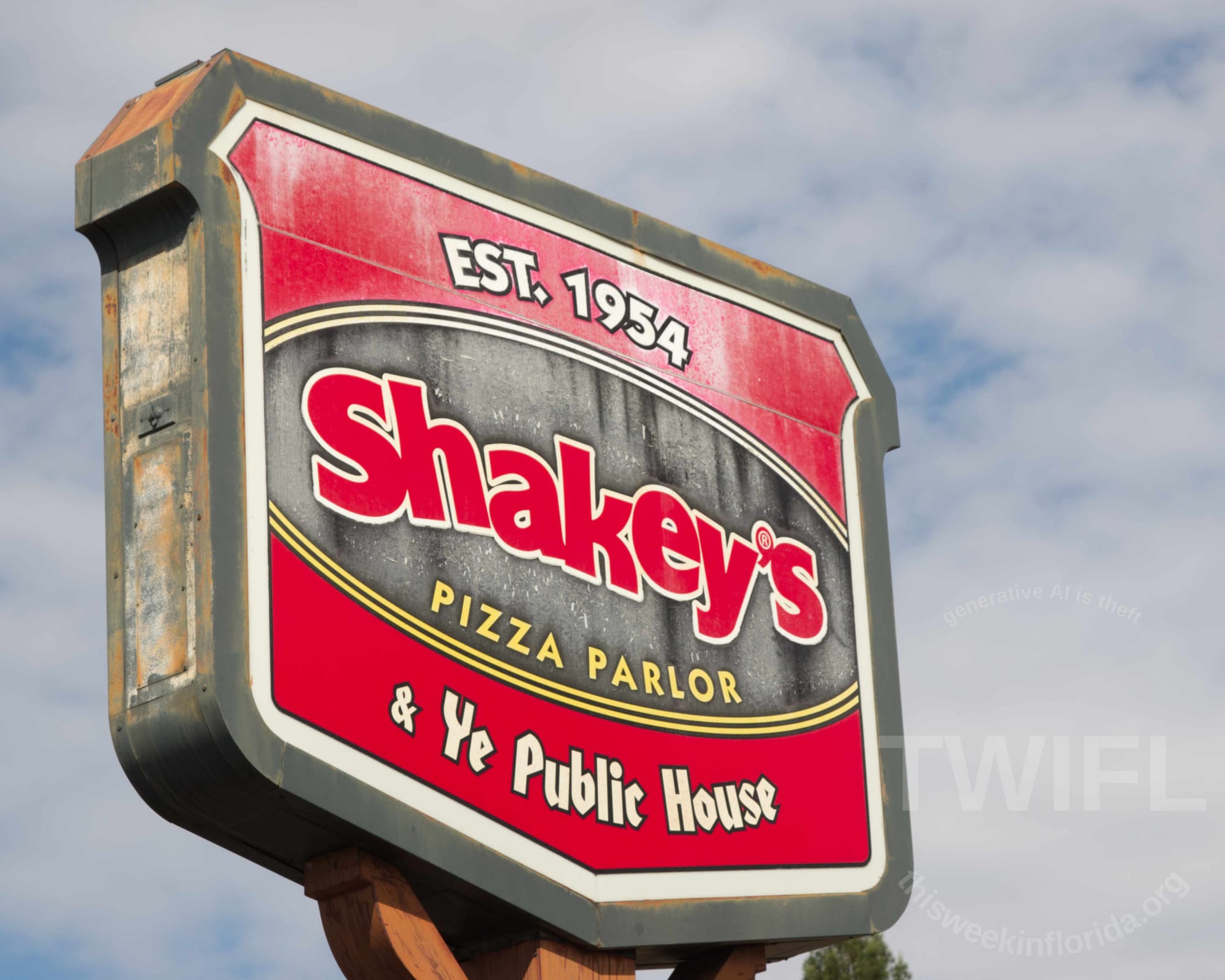
While I continue to maintain that more important than third places is that we do meaningful things together I must reiterate that we need third places to become a place of gathering and community once again (set down the phones people!).
When my mom and I entered Shakey's in Oroville it was a Thursday and towards the end of the lunch rush, if such a thing exists in that small town. It was mostly empty save a handful of customers. Still, the spirits of youth sports teams gathering, fans cheering professional games, and people just assembling for a party over pizza, wings, "mojos" (they're strangely addictive) and beer, could be felt in the place reminding me that our hope lies in one another.
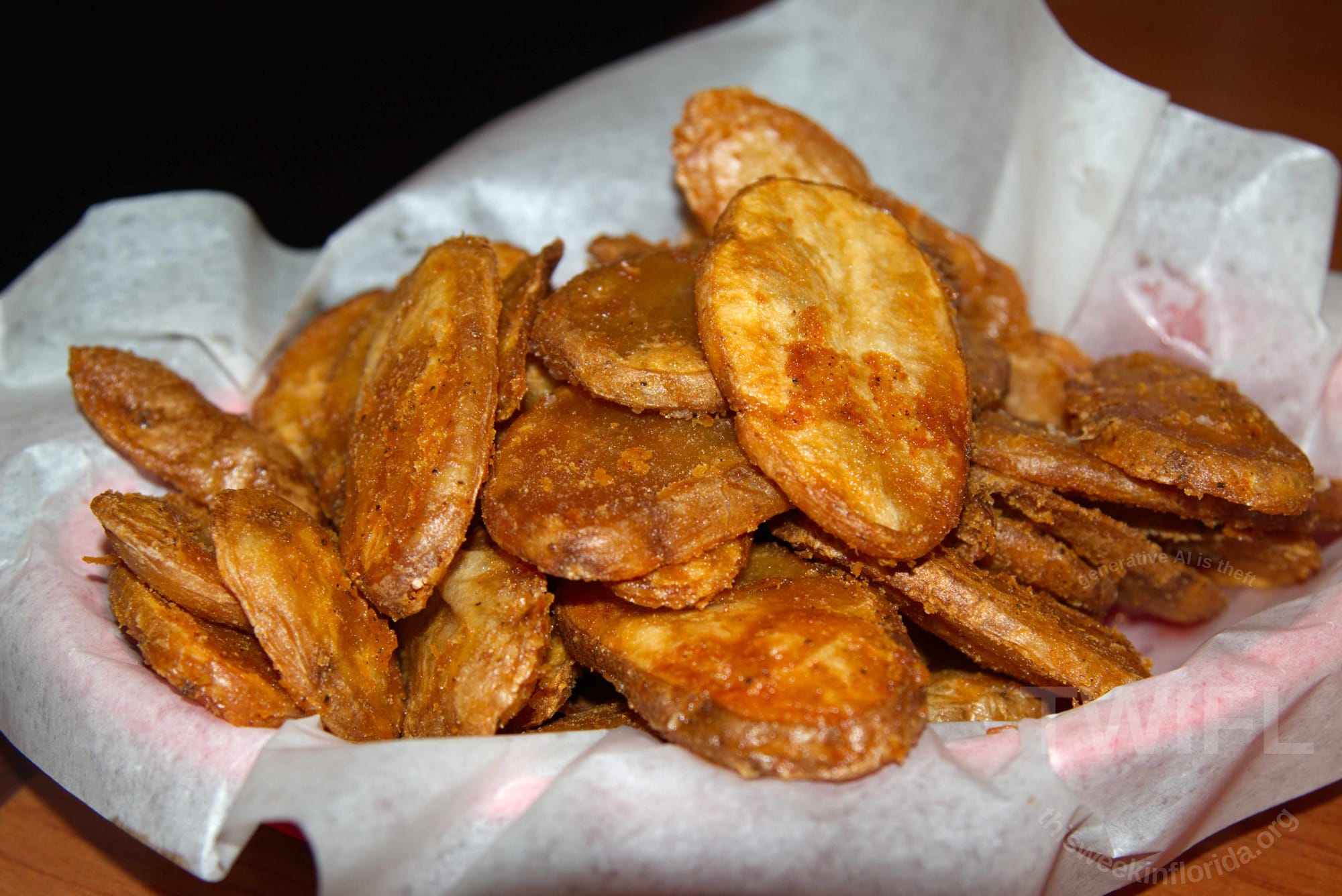
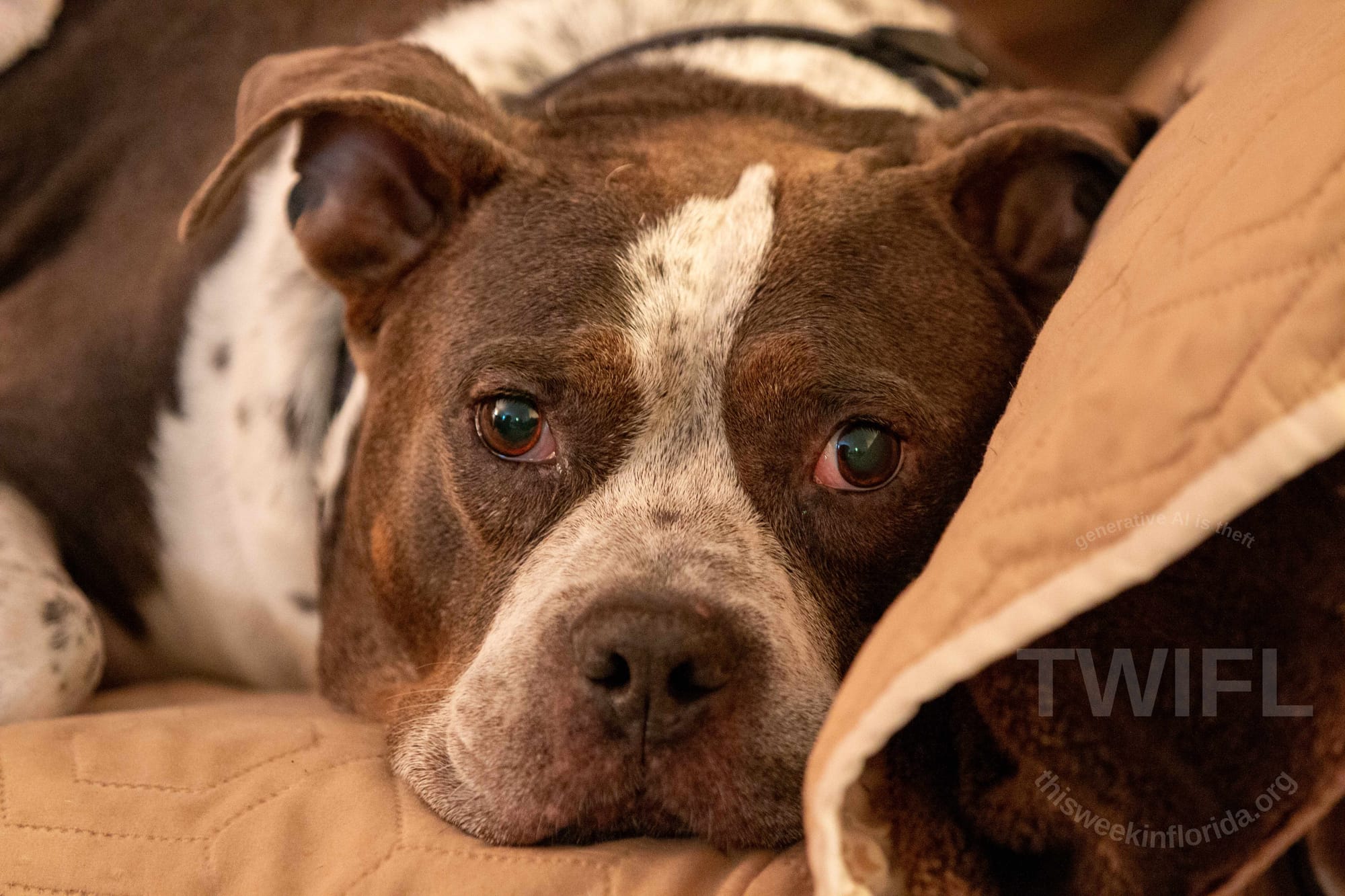
Bear
The History Hound Misses Shane the Very Good Boy

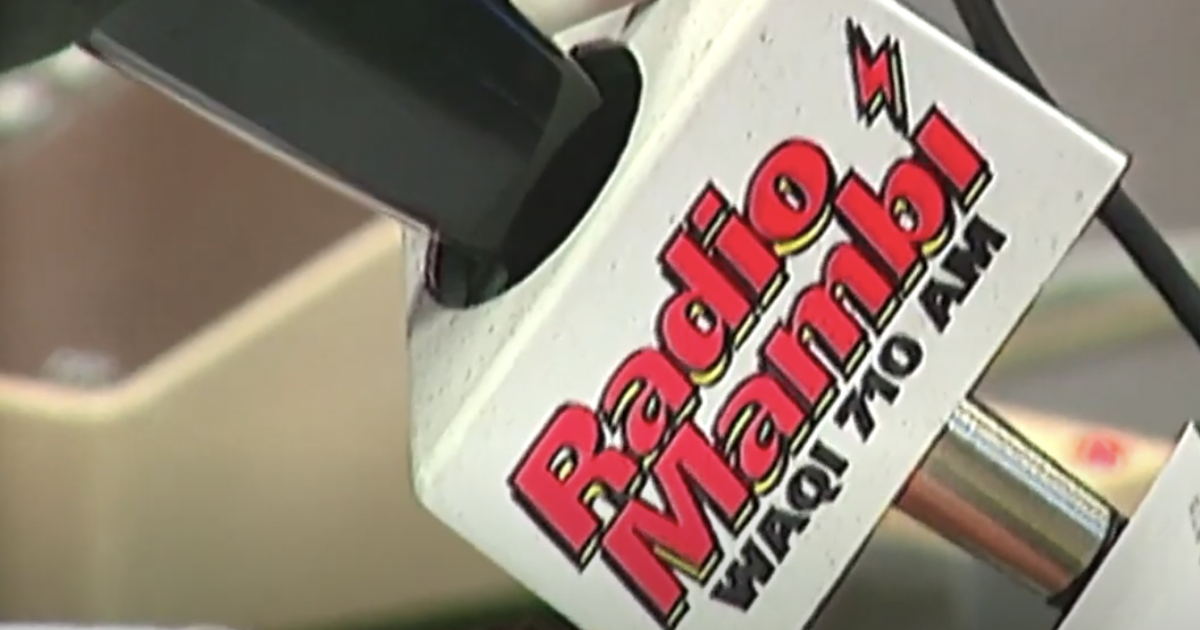
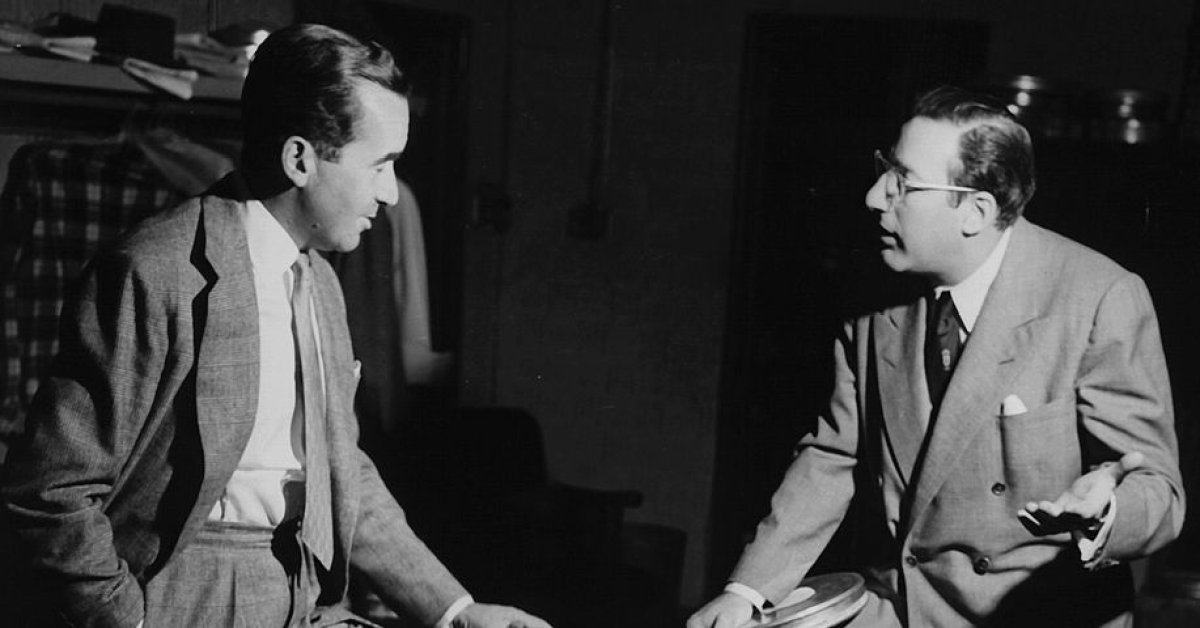

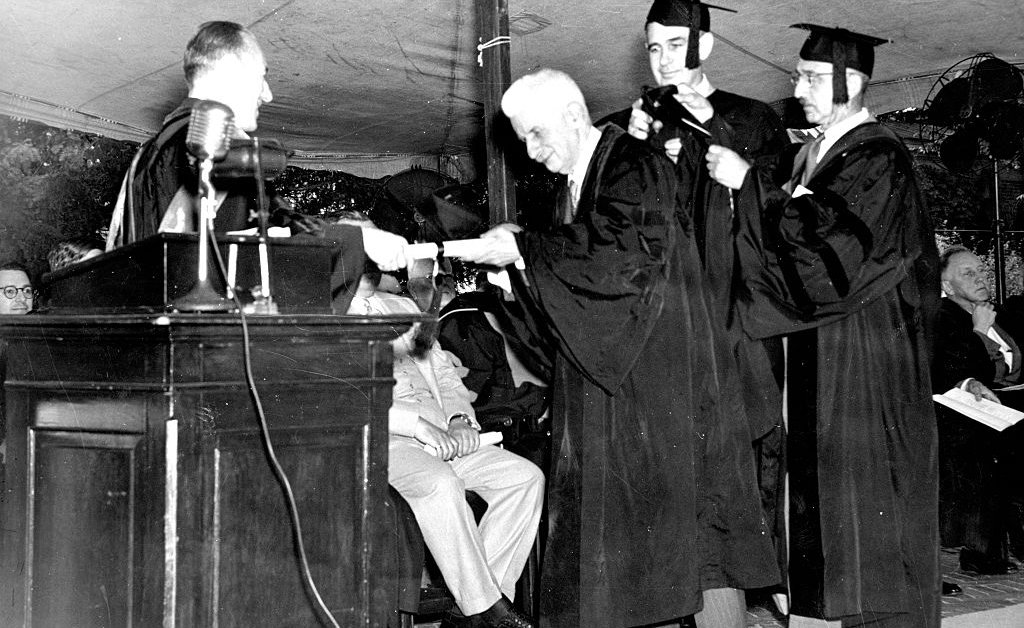
The following is REAL footage from Portland, 2025. Viewer discretion is advised.
— The Daily Show (@thedailyshow.com) October 9, 2025 at 1:23 PM
[image or embed]















